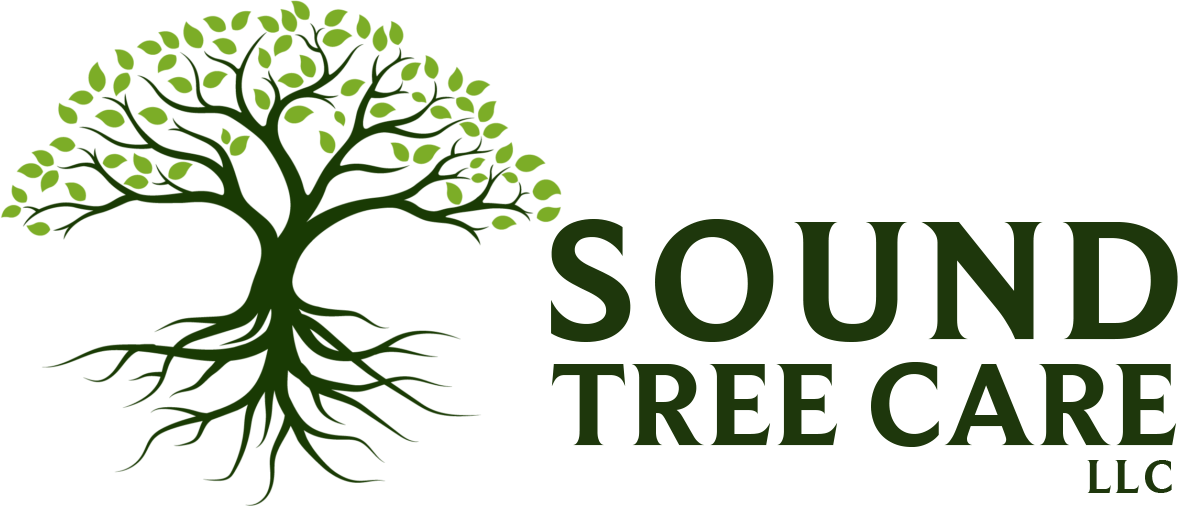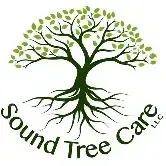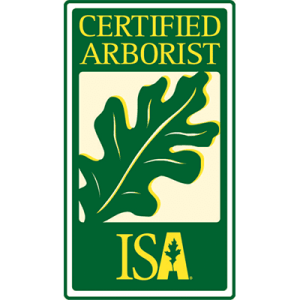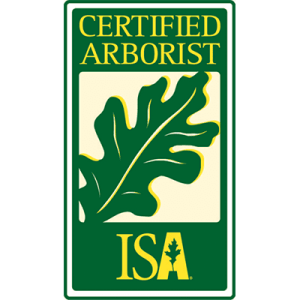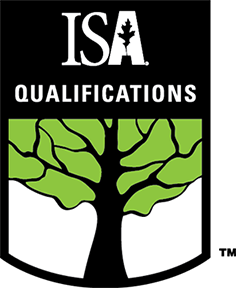Tree Support System Installation Service
We all know trees are key to a healthy environment. But sometimes, our green friends need a little help to stay strong, especially when facing tough weather or the challenges of growing in crowded urban spaces. That's where tree support systems are needed. They're like a helping hand - they make sure our trees can stand healthy and protected from anything that might knock them down.
At Sound Tree Care, we give trees that extra bit of care. We understand each tree is unique, so we customize our services to meet individual needs. If you're looking to keep your trees safe and sound,
get in touch. Let's chat about how we can help with our top-notch tree support system installation service.
Types of Tree Support Systems
There are different types of tree support systems, each designed for specific situations. Let's take a closer look at these systems and see which one might be best for your trees. For more in-depth information on the types of tree support systems we offer, including their benefits and applications, check out our blog on tree support systems.
Stakes
Staking helps young trees grow straight and strong. We pick the right stakes for each tree, making sure they get enough support without stopping their natural growth. It's like giving the trees a little help until they can stand tall on their own.
Cabling and Bracing
Cabling and bracing act like a safety net for trees. This method uses steel cables and rods to help trees with weak branches stay together and grow correctly. It's perfect for older trees or those with complicated branch structures, making sure they can handle wind and weather without breaking. Learn more about our tree cabling services and how they can benefit your trees.
Guying
For bigger trees that need more than just stakes, guying is the way to go. It's especially good for trees in windy areas or those that have been moved. This method uses strong materials and careful placement to give trees a solid base against the wind.
Propping
Sometimes, branches need a bit of extra support to keep from falling or breaking. That's where propping comes in. By putting supports under heavy branches, we help the tree carry the weight, preventing damage and keeping your trees healthy and looking good.
When to Install a Tree Support System
Whether it's a young tree just starting out or an older tree facing challenges, knowing when to install support makes all the difference. Let's look at when support systems are most needed. For a detailed guide on how long to brace a young tree in Seattle, Washington, visit our blog.
New and Young Trees
Young trees are just like kids; they need guidance as they grow. Support systems like stakes or guy wires help them develop a strong structure, ensuring they can stand up to wind and weather as they get older.
Older or Damaged Trees
Trees that have been around for a while or have been through a storm might need a little extra help. Support systems can give them the strength they need to heal and keep growing, making sure they can continue to beautify your space for years to come.
Trees Exposed to High Winds and Storms
Trees that live in places with lots of wind or where storms are common need special care. By putting in support systems before trouble hits, we can help prevent damage, keeping your trees safe and sound no matter the weather.
Steps in Tree Support System Installation
Installing a tree support system is a process that starts with understanding what your tree needs and ends with a properly installed support system that helps your tree thrive. Let's walk through these steps. For those in Auburn, Bellevue, or Seattle, explore our dedicated services tailored to your area: Auburn tree service, Bellevue tree service, and Seattle tree service.
Step 1
Assessing the Tree and Selecting the Right Support
Our friendly, uniformed truck team will call you 15-30 minutes before your scheduled 2-hour appointment window to let you know exactly when to expect us.
Step 2
Preparing the Site for Installation
Before we start the installation, we make sure the area around your tree is ready. This means protecting the roots, clearing the space, and ensuring that we have a solid foundation to work from. It's all about setting the stage for a successful installation that minimizes stress on your tree.
Step 3
Installing the Tree Support System
With everything in place, we carefully install the chosen support system. Our team uses the right tools and techniques to make sure the support is secure and effective, always with an eye on the tree's health and safety. This final step brings it all together, giving your tree the extra strength it needs.
Stakes Installation Process
Staking is a common method for supporting young or newly planted trees, helping them grow straight and strong. The process might seem straightforward, but it requires attention to detail to be done right. Here's how we ensure your tree gets the best start with our staking process.
Choosing the Right Stakes
The stakes we use aren't just any stakes. We select them based on the tree's size, type, and the specific conditions it's growing in. The right stakes provide the perfect balance of support, encouraging healthy growth without restricting the tree's natural movements.
Proper Placement of Stakes
Where we place the stakes matters as much as the stakes themselves. We position them carefully around the tree, making sure they offer support where it's needed most. This strategic placement helps your tree grow tall and straight, just as nature intended.
Securely Tying the Tree to the Stakes
Tying the tree to the stakes is a delicate task. We use materials that are strong yet gentle on your tree, allowing it to bend naturally with the wind. This flexible support is key to helping your tree build strength and resilience as it grows.
Cabling and Bracing Installation Process
Think of cabling and bracing as giving your tree a supportive embrace, helping it stand strong against wind and weather. This special care is especially important for older trees or those with branches that seem a bit risky. Here's how we wrap our professional arms around your trees to keep them safe and sound.
Evaluating the Need for Cabling and Bracing
Every tree has its own story and needs. We start by getting to know your tree's story, looking closely at its branches and trunk to see where it might need a little extra support. Whether it's cabling to connect the branches or bracing to hold them together, we figure out the best way to help your tree stay healthy and upright.
Installing Cabling Systems
Cabling is like adding a safety net between the branches. We put in strong cables at just the right spots to help distribute the tree's weight more evenly. This means less strain on any one part of the tree, making it better able to handle windy days and heavy loads without breaking.
Installing Bracing Systems
Bracing is a bit like giving the tree a splint for its weaker spots. We insert rods to shore up parts of the tree that are growing in tricky ways, which might cause problems down the line. It's our way of helping the tree heal and get stronger, much like a cast helps a broken bone.
Guying Installation Process
Guying is for the bigger trees that need a bit more than a simple stake to stay steady, especially in places where the wind likes to howl or for trees that have just moved to a new spot and are still settling in. This method gives trees a solid foundation to lean on. Let's look at how we set up this sturdy support system.
When to Use Guying
Guying is perfect for those large trees that need an extra hand holding them up. Whether it's because they're in a windy spot or they're still trying to get their roots firmly in the ground after being transplanted, we assess each tree's situation to decide if guying is the right move.
Choosing the Right Materials for Guying
The materials we use for guying have to be tough enough to handle the elements but gentle enough not to harm the tree. We pick the best materials for the job, ensuring they give the tree the strength it needs to grow without causing any damage.
Properly Installing Guying Systems
Putting in a guying system is all about balance. We place the anchors and adjust the cables so the tree is supported evenly from all sides. This keeps the tree standing tall and strong, ready to face whatever comes its way, with a little help from us.
Propping Installation Process
Identifying the Need for Propping
We identify branches that are at risk of breaking due to weight or structural weaknesses and determine the best approach for propping.
Choosing Appropriate Propping Material
We select materials that will offer strong support while blending with the natural environment, maintaining the aesthetic appeal of your property.
Installing a Tree Prop
Our skilled technicians install props in a way that evenly distributes weight across the branch, providing immediate support and preventing damage.
Tree Support System Maintenance
Over time, trees grow and change, and the support systems we put in place need to adapt alongside them. Here’s how we keep your tree support systems in top shape. For more information on how we can assist you, visit our service areas page.
Regular Inspection
Just like any other part of your garden or property, tree support systems need a keen eye to catch any changes. We regularly inspect these systems to spot any signs of wear, tear, or adjustment needs. It’s all about catching small issues before they turn into big problems, keeping your trees safe and secure.
Adjusting and Repairing Support Systems
As trees grow, their support needs can change. That's why we're on hand to make any necessary adjustments or repairs to your tree support systems. Whether it's tightening a cable, moving a stake, or replacing a worn-out part, we ensure your tree continues to receive the right level of support as it matures.
Timeframe for Removal of Support Systems
Not all support systems are meant to stay in place forever. We provide expert advice on when it might be time to remove these supports, allowing your tree to stand tall on its own. This step is crucial for the tree’s development, encouraging strength and stability in its natural structure.
Risks and Precautions in Tree Support System Installation
Installing a tree support system comes with its set of challenges and risks. So here’s how we ensure the safety of both the trees and our team during installation. If you're also thinking about tree removal as an option, learn about our tree removal services and how we prioritize safety and efficiency.
Avoiding Damage to the Tree
Our top priority is the health and well-being of your trees. When installing support systems, we're careful to avoid any damage to the tree's bark, roots, or branches. Using the right tools and techniques, we ensure that the support not only helps the tree but also doesn’t interfere with its natural growth or cause unnecessary stress.
Safety Precautions
The safety of our team and your property is something we take very seriously. We follow strict safety protocols to prevent accidents during the installation of tree support systems. From wearing the proper safety gear to carefully planning each step of the installation process, we make sure everything is done safely and correctly.
Safeguard your trees today! Call us at 206-486-7790 to schedule your tree support system installation.
